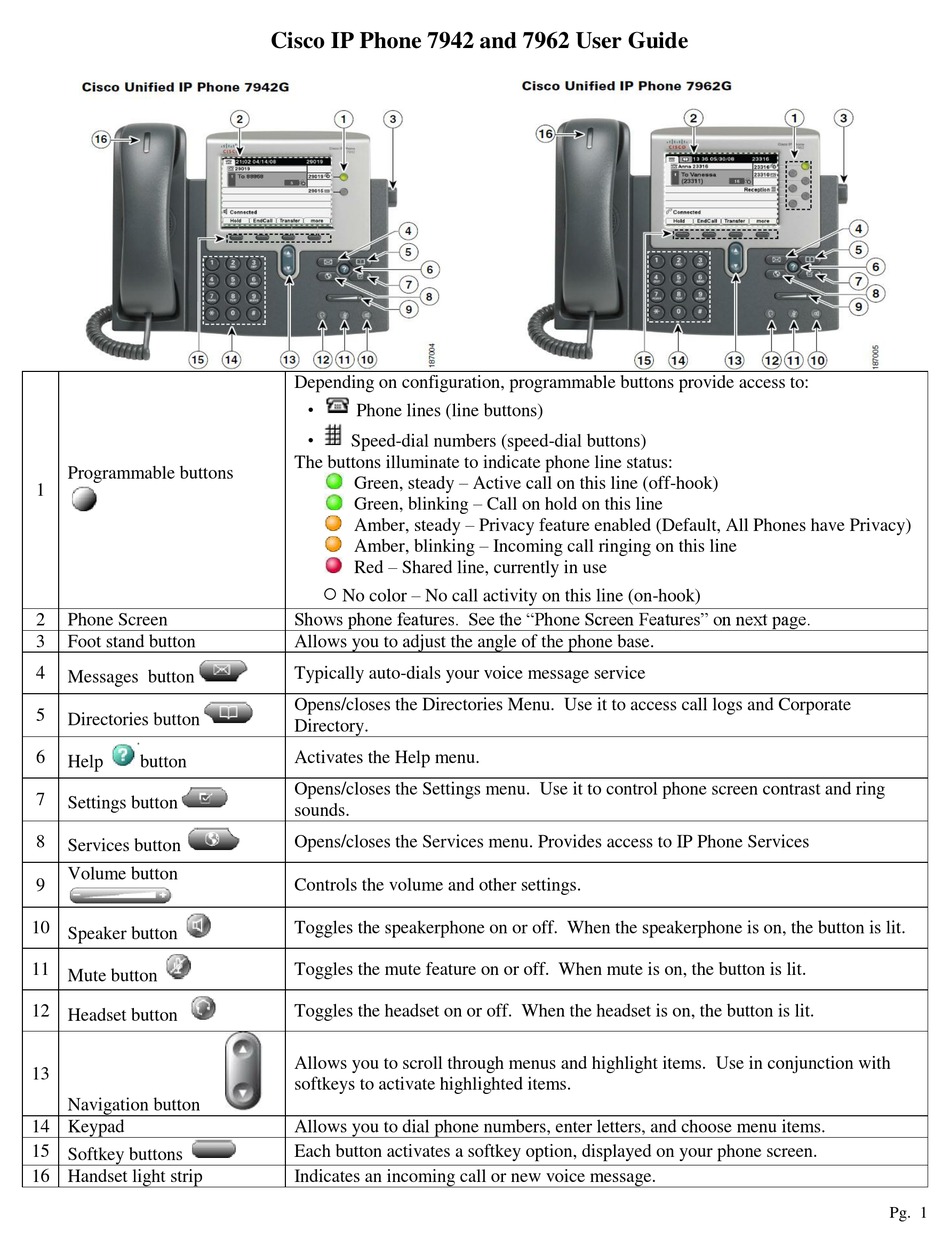

With Vision Builder AI, the user can perform effective visual examination tasks and settle on choices in light of the consequences of singular tasks. This model also offers a Vision Builder for Automated Inspection feature, which enables the user to effectively arrange and benchmark a succession of visual inspection steps, and in addition deploy the visual examination framework for mechanized examination. To get to these associations, the user can construct their own custom link or utilize one of the discretionary links from National Instruments. This model includes the NI-1424 100-stick SCSI-type connector that associates with all advanced video information inputs, computerized empower inputs, camera control outputs, RS-232 serial interface, and the outer trigger signals. The National Instruments NI-1424 is a monochrome and color PCI-based image acquisition device that supports a diverse range of digital cameras.

A comparison of the traditional evaluation method and the proposed one shows the consistency of the proposed system, its time effectiveness, and its potential for deeper analyses that include intra-subject and inter-subjects variability as well as a quantitative biomechanical analysis.National Instruments NI-1424 Digital Image Acquisition Device The system has been tested on a challenging outdoor scenario such as lift-on/lift-off of containers on a cargo ship. Data are processed to provide both segmentation of the activity and ergonomic risk score according to the methods reported in the ISO 11228 and the TR 12295. The proposed method is capable of gathering and processing data from three IMU-based motion capture systems and two EMG capture devices. This article proposes a novel system for the assessment of biomechanical overload, capable of covering all areas of ISO 11228, that uses a sensor network composed of inertial measurement units (IMU) and electromyography (EMG) sensors. However, existing solutions do not address either a full body assessment or the inclusion of measures for the evaluation of the effort. Currently available sensing wearable technologies for motion and muscular activity capture enables to advance the risk assessment by providing reliable, repeatable, and objective measures. The assessment of risks due to biomechanical overload in manual material handling is nowadays mainly based on observational methods in which an expert rater visually inspects videos of the working activity.


 0 kommentar(er)
0 kommentar(er)
